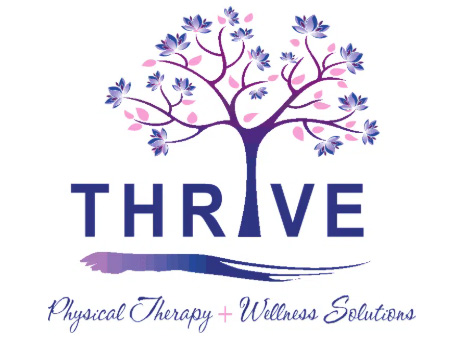Tendonitis
Tendonitis is a common condition that can affect people of all ages and activity levels—from athletes and active adults to those who perform repetitive tasks at work or home. When a tendon becomes irritated from repeated use or improper movement patterns, it can lead to persistent pain and discomfort that interferes with even the simplest daily activities. At THRIVE Physical Therapy + Wellness, we help patients understand why their tendon pain developed and provide targeted solutions that address the underlying cause, not just the symptoms. With the right approach, tendonitis can be effectively treated, allowing you to move comfortably and return to the activities you enjoy.
What is Tendonitis?
Tendonitis occurs when a tendon becomes irritated or inflamed, usually as a result of repeated strain or overuse. This often develops in people who perform the same motions again and again—such as swinging a tennis racket, hitting golf balls, lifting objects at work, or compensating for an existing injury elsewhere in the body. Over time, the tendon becomes overloaded, leading to pain, tenderness, and difficulty moving the affected area.
This type of discomfort can make everyday activities surprisingly challenging. Simple tasks such as opening a jar, lifting items from the refrigerator, or unloading the dishwasher may suddenly feel painful or weak. Reaching overhead or performing repetitive motions often makes symptoms worse. In the past, many individuals attempted to manage tendonitis by resting until the pain decreased and then returning to their usual routine. Unfortunately, without addressing the movement patterns that caused the problem, symptoms often return once the tendon is stressed again.
Our Approach to Treating Tendonitis
At THRIVE Physical Therapy + Wellness, we take a detailed and movement-focused approach to resolving tendonitis. Our first step is to carefully evaluate how the affected area and surrounding joints work together. Tendon problems rarely occur in isolation—often, subtle compensations in nearby muscles or joints place additional strain on the irritated tendon.
By observing how you move, lift, reach, or swing during daily activities or sports, we can pinpoint the exact motions contributing to the irritation. Once these patterns are identified, we guide patients toward healthier, more efficient movement strategies that reduce repetitive stress on the tendon.
Treatment is tailored to restore balance, mobility, and strength. This may include hands-on techniques to improve soft-tissue function, exercises that reinforce proper movement mechanics, and strategies to gradually return to activity without aggravating symptoms. Our goal is to correct the underlying issue, prevent re-injury, and help you return to your daily tasks and recreational activities comfortably and confidently.
